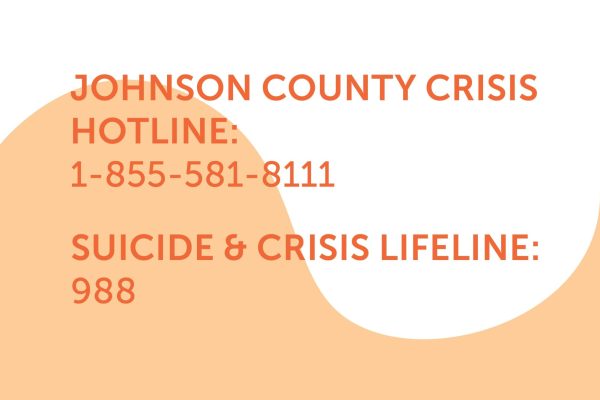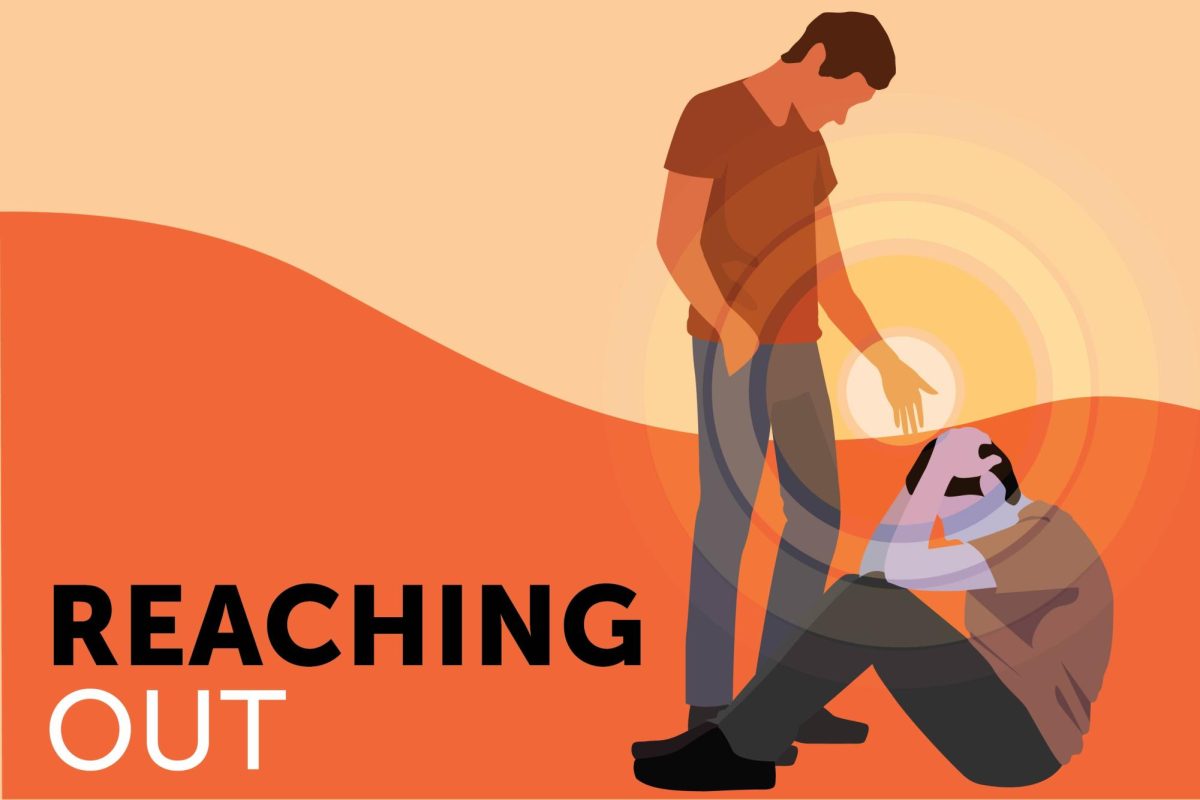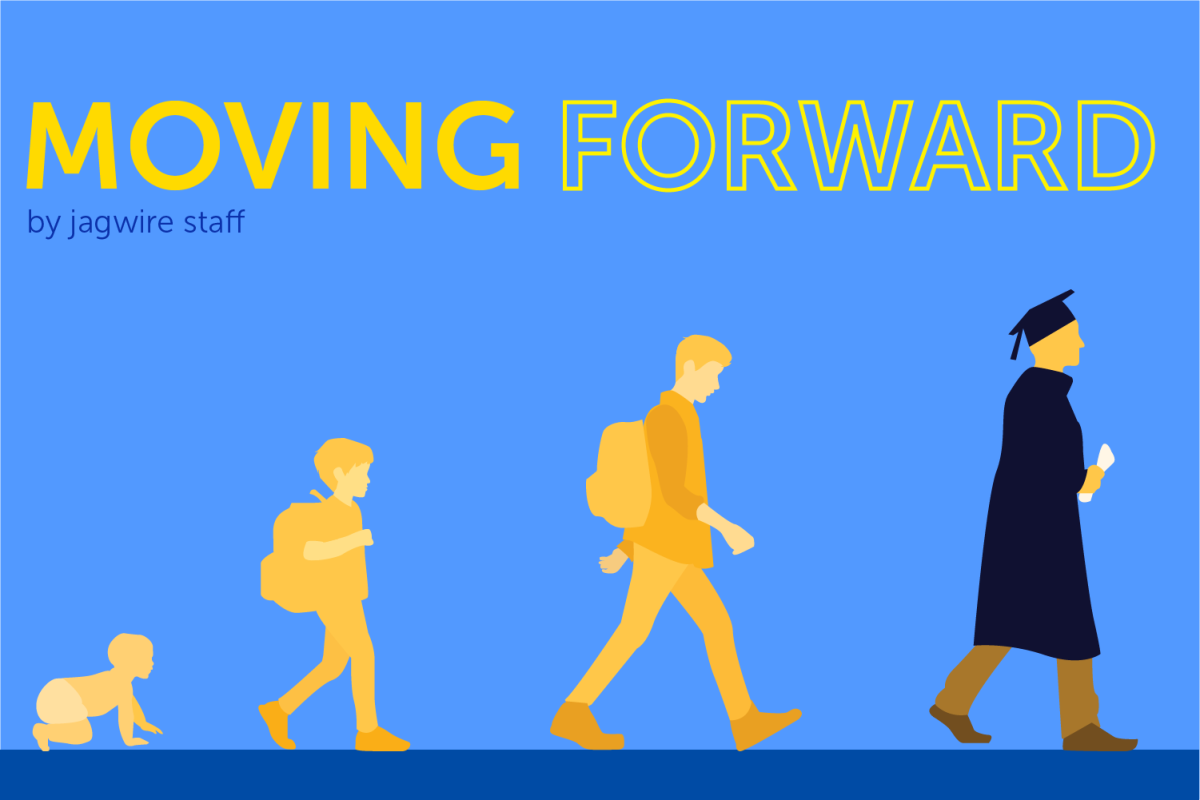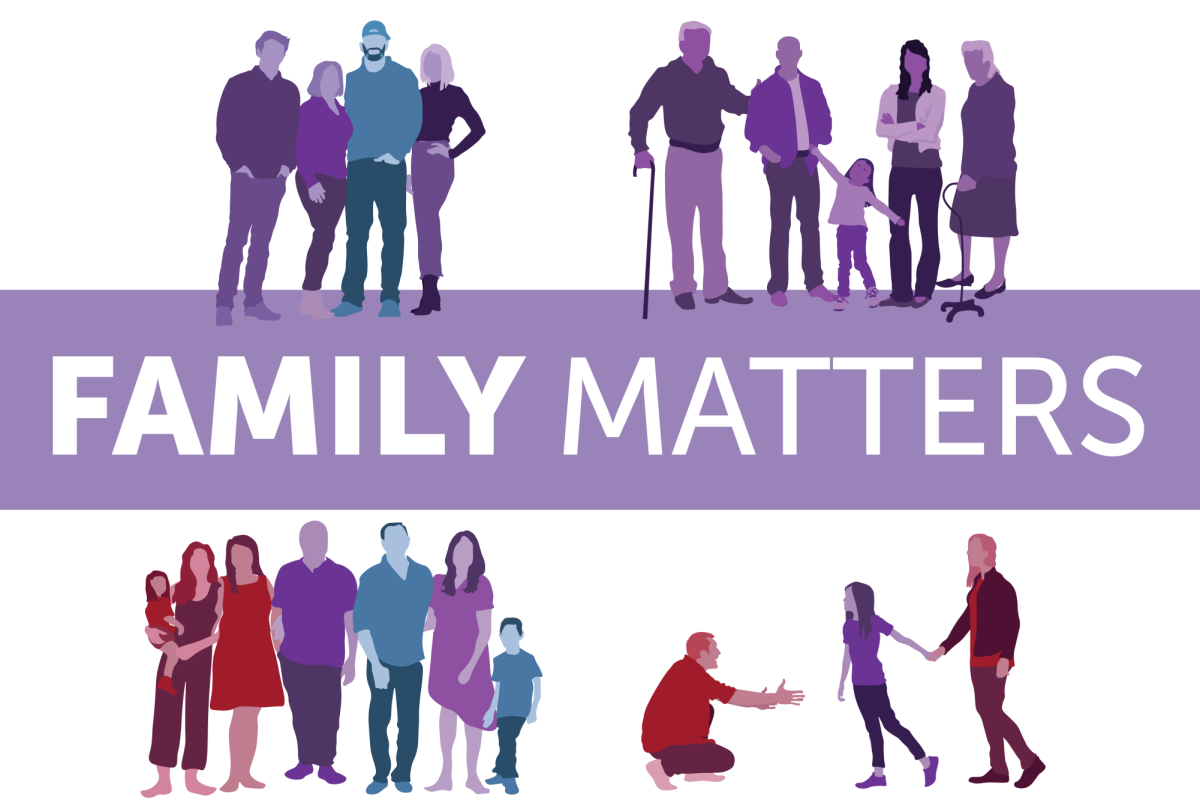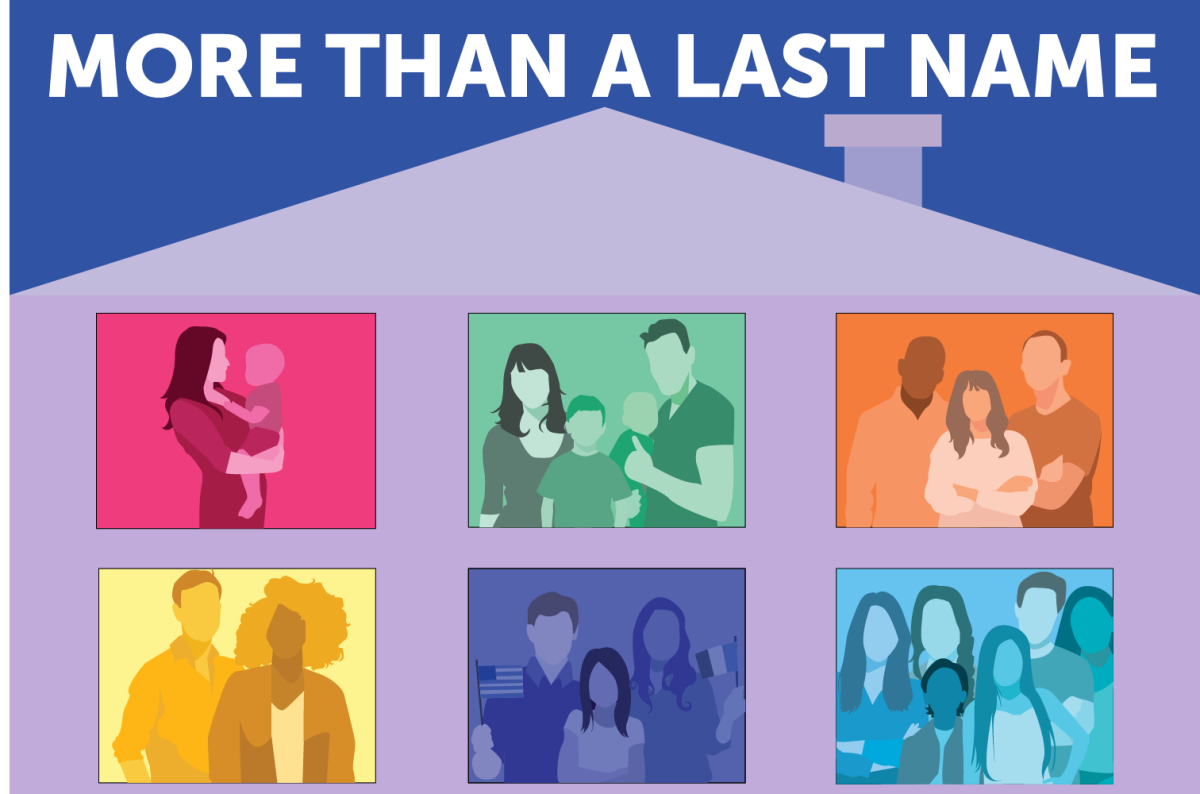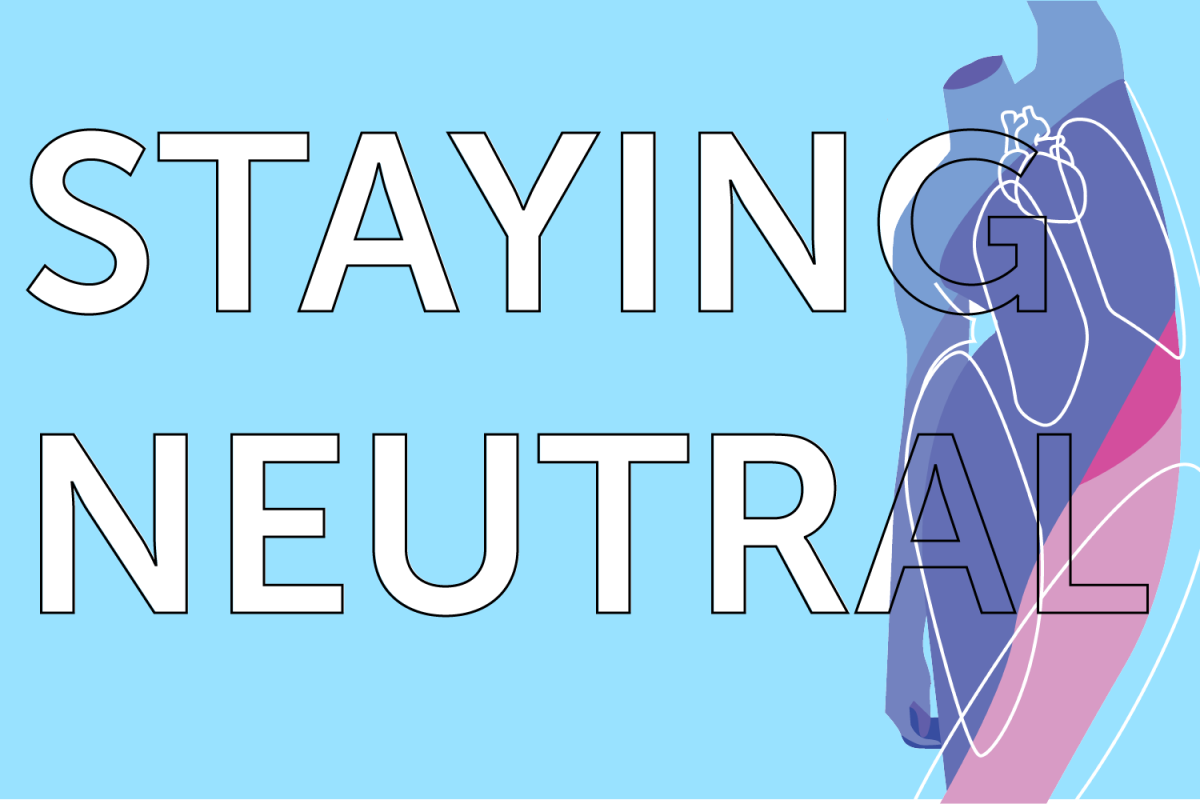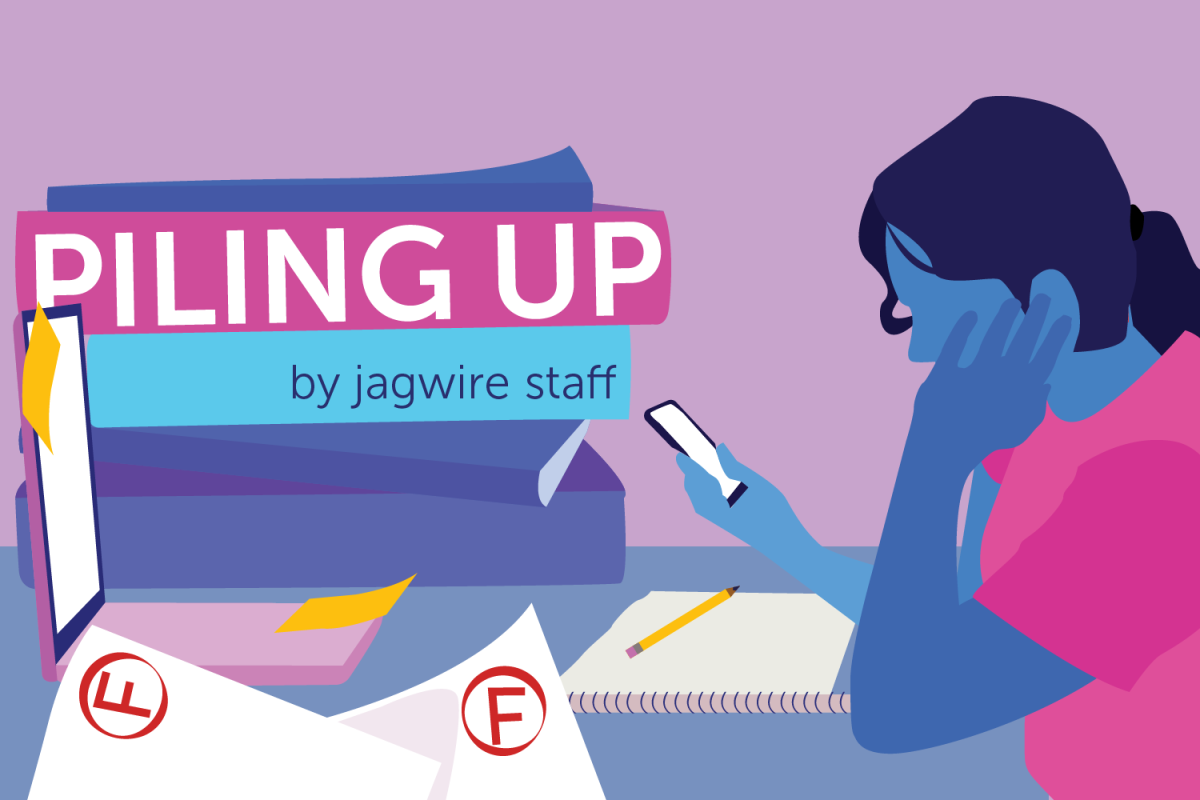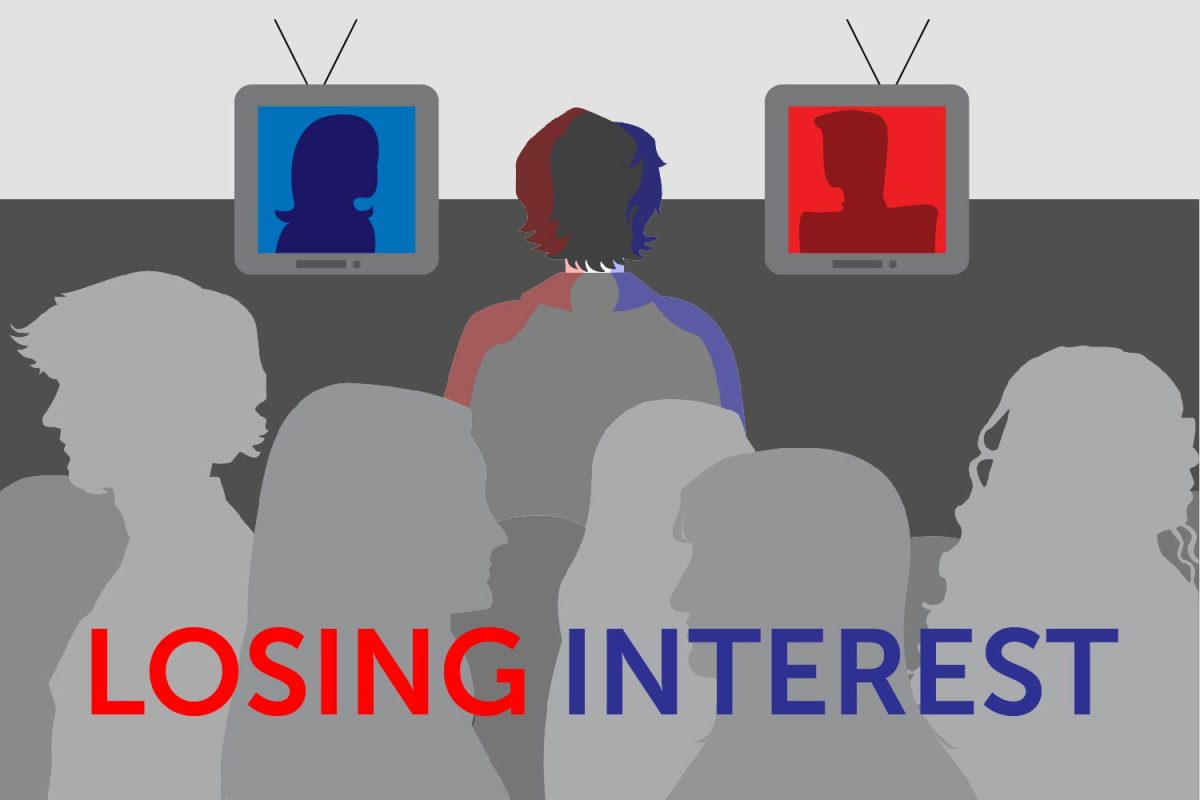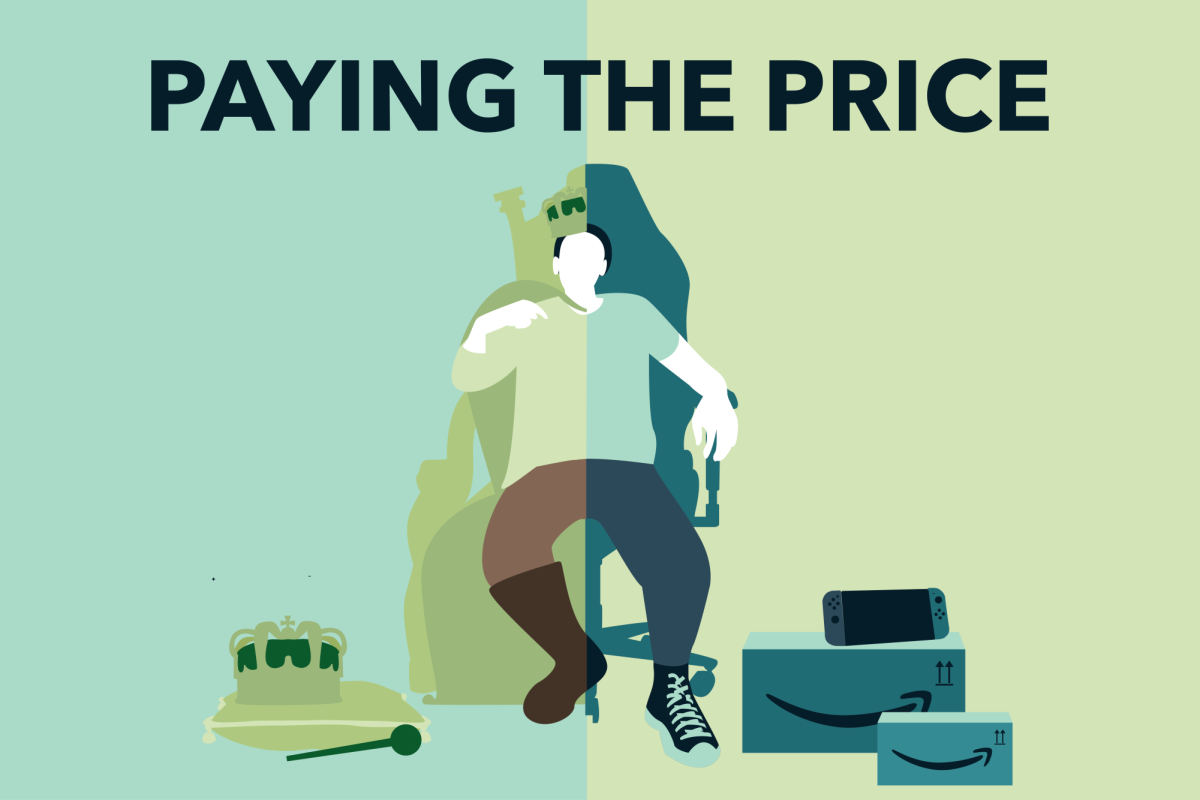Men’s mental health has been a disregarded aspect of society for years. According to the Priory Group, one in eight men have reached out about mental health issues compared to one in five women. It shouldn’t be this way; men should be able to reach out and get help.
Most people struggle with a number of things throughout their lives, but how often do people really talk about it? The biggest killer in men under 45 is suicide.
This could be due to stress from school, work and peers among other things. It is important to understand the stigma around men’s mental health and how to help.
In general, men are more apprehensive to reach out for a number of reasons. Some of these reasons include: men feel too embarrassed to admit they need help, they don’t want to appear weak, and there is no one in their lives to talk to as well as a negative stigma around men’s mental health. There is an overarching idea surrounding these reasons: lack of trust.
Men feel as though they cannot trust themselves or other people due to the stigma surrounding men’s mental health. This most often stems from ideas in popular culture such as movies and shows that portray the need for men to be strong. Certain cultures paint the stereotype of men as being stone-faced and strong willed. There are religious ideals that promote the need for men to be working instead of women, as well as politics around the world having mostly male candidates affects how men see themselves.
Men are expected to be the strong and level-headed members of society. Therefore, talking about mental health issues might appear weak. As a result, men are less likely to reach out about struggles. This however is a common misconception. There are people and resources out there to help with whatever students might be going through.
There are plenty of resources out there to help men understand and validate their feelings. Reaching out to friends, family and therapists is always a good first step. Many schools also have licensed social workers that are trained in supporting mental health. There are also hotlines that can help connect people with others who are ready to listen, offer feedback and provide comfort. A few of these resources include: the National Suicide Prevention Hotline, the Johnson County Mental Health Hotline, Better Help online therapy, as well as Substance Abuse and Mental Health Services Administration (SAMHSA,) where you can text or call to find nearby help.
However, there are ways students can help. Reaching out to one another, listening and understanding another person’s feelings, whether someone is your friend or not, is one of the best things students can do to be there for your peers. Students can also be, there for friends and family when they need it most. Reaching out to your friends and being willing to listen may seem like a small thing but it can go a long way.
There is no one solution to ending the stigma behind men’s mental health. The most important first step for students is to reach out and ask for help.
